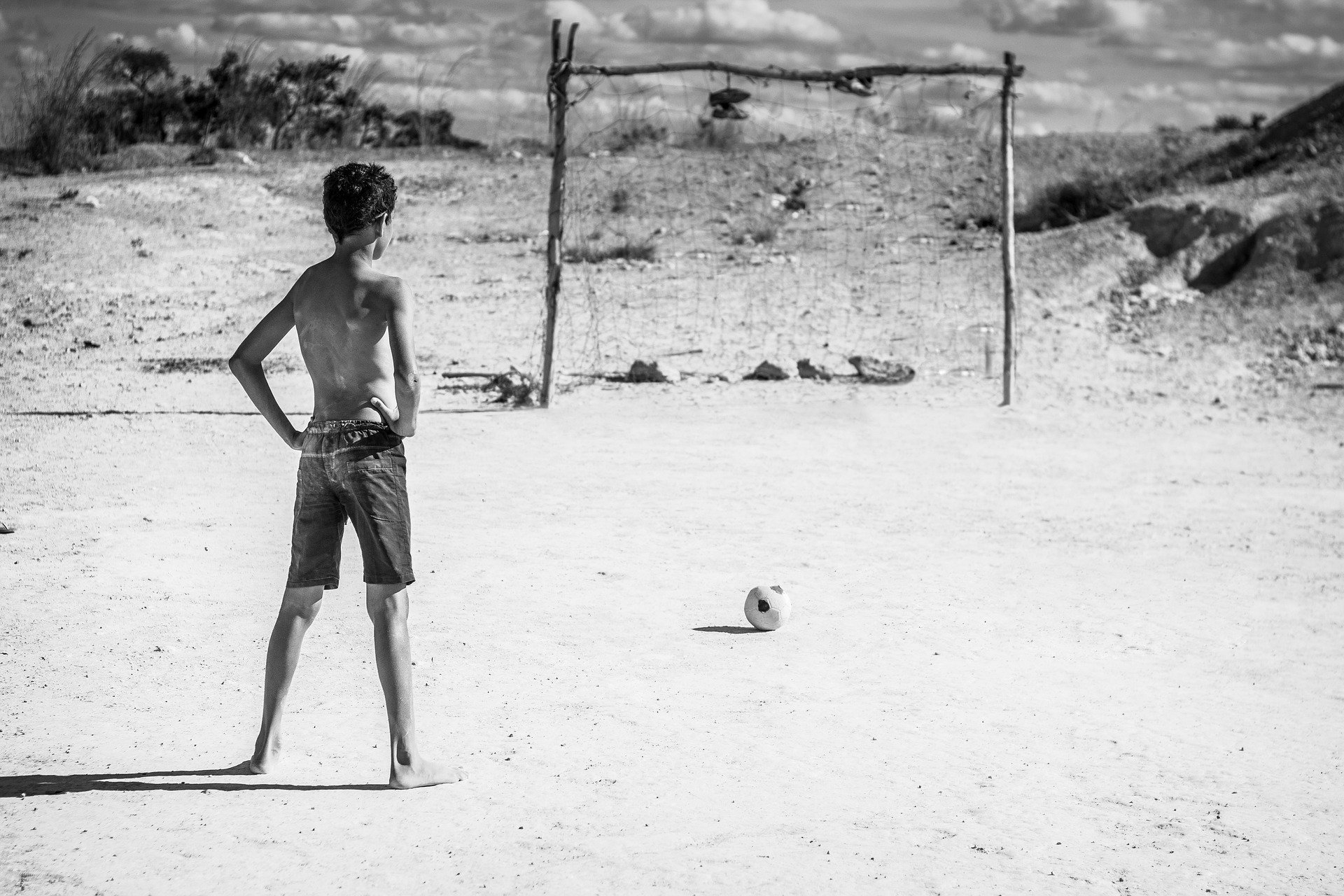What’s the key?
/Two leaders from the High Impact Mentor program spoke to me about AHA moments this month.
Both of them saw something in a new way and it changed everything. Both were frustrated and dissatisfied in their work and were finding their focus with staff getting dragged into more and more unnecessary detail. They felt overwhelmed. They felt they were not getting the best from their staff. They wondered if leadership was for them.
The key for both of them was shifting their mindset from trying to control the people around them, to getting better at influencing the people around them. The work load hasn’t changed, but both are feeling lighter. One of them looked physically less tired and more relaxed than he had just a few weeks earlier. When I asked him what had changed, he said, “ I just changed how I was looking at everything, and now everything has changed”.
Moments like these are why I do the work I do. When leaders raise their capacity, the capacity of everyone around them also rises..
If you or someone on your team could use a change like that, send me an email. I’d love to help.
















